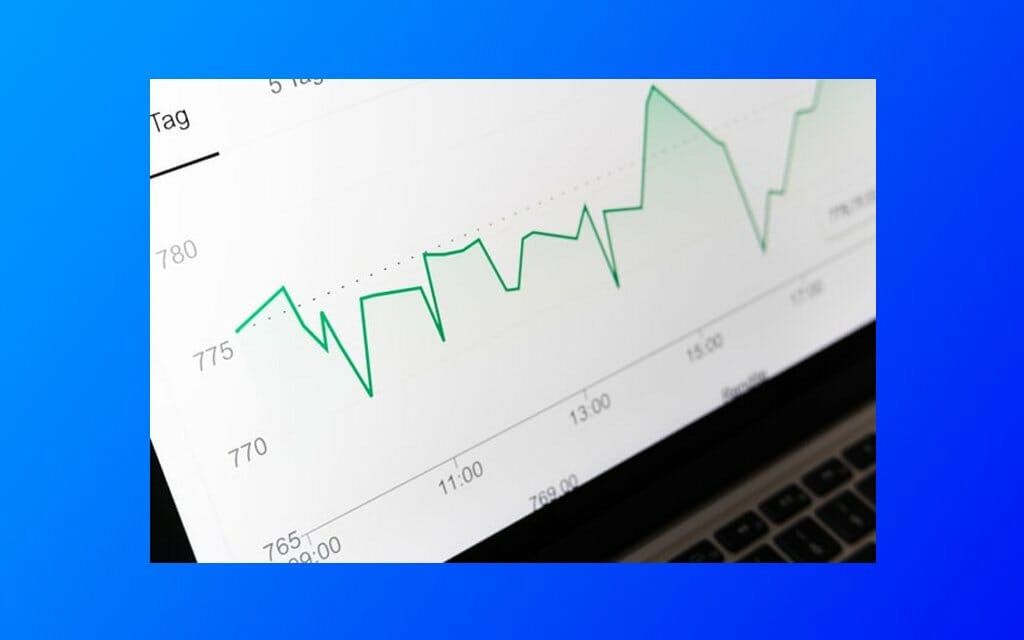
The Different Types of Gauge Charts

A gauge chart is a graphical representation of data as a percentage or ratio. It’s a type of chart that displays how a particular value compares to a set goal or threshold. Gauge charts are often used to monitor progress towards a goal or track performance against a target. There are a few different types of gauge charts that are commonly used. Each has its purpose and can be used in different ways. But why use a gauge chart? Keep reading to learn more.
Why A Gauge Chart
A gauge chart is a graphical representation of data that uses a radial or linear scale to indicate the magnitude of a value or the progress of a process. Gauge charts are often used to show the relative performance of a company or a specific department against a goal. They can measure different aspects of the project, such as time, money, and resources.
There are many gauge charts, but all are used for the same purpose. They all have the same essential components a scale, a pointer, and a target. The scale displays the range of values the pointer can move across, while the target shows the goal or target for which the pointer is aiming.
Gauge charts are a great way to quickly and easily see data. They are often used in manufacturing and other process-driven industries to track production levels, quality control, and other statistical measurements. A company might use a gauge chart to track how many sales they have made each day compared to their goal for the day.
Types of Charts
Linear Chart: Linear gauge charts are the simplest gauge chart type, displaying data as a line graph. This chart is ideal for displaying changes over time or comparing values between different data points. They can measure how much progress has been made on a project or how much work remains to be done.
Speedometer Chart: Speedometers show how quickly something happens by using a needle that moves around a dial. The faster the needle moves, the more quickly something is happening.
Radial Chart: Radial gauge charts are similar to linear gauge charts but display data as radial graphs. This type of chart is ideal for displaying data with multiple axes or comparing values between different data points on different scales.
Thermometer Chart: Thermometer gauge charts display values that change over time. They are typically used to show progress or the current state of a process. Thermometer gauge charts are similar to radial gauge charts but use a vertical scale instead of a radial one. This makes them better suited for displaying values that have a large range.
Angular Gauge: Angular gauge charts display data that progresses in a triangular or pyramid pattern. They are often used to track progress or performance relative to a target or goal. Angular gauge charts can be either horizontal or vertical.
Bullet Graphs: Bullet graphs are specialized gauge charts that compare two or more measures. They typically have a single primary measure (e.g., the current value of a stock) and one or more secondary measures (e.g., the 52-week high and low values for the stock). The secondary measures are displayed as bullet points on the graph, with the primary measure represented as a line. Bullet graphs often display performance data, such as revenue, profit, or stock prices.
Stacked Bar Graph: A stacked bar graph is a chart that displays how different parts of a whole contribute to the total. The bars on a stacked bar graph are usually displayed in descending order, with the largest bar on the left and the smallest bar on the right. Each bar represents a different category, and the height of each bar reflects that category’s contribution to the total.
Doughnut Chart: A doughnut chart is a variation of the pie chart, but they allow you to compare more than one value at a time. It shows percentage or proportional data on a circular chart with a hole in the middle. The doughnut chart can be helpful when you want to compare parts of a whole or when you have more than one data series to display.
How To Create a Gauge Chart in Excel

To create a gauge chart in Excel, you can use the following steps:
- Start by creating a table of data to be displayed in the chart. The table should include at least two columns, with the first column containing the values shown on the gauge chart and the second column containing the corresponding labels.
- Next, select the data in the table and insert a column chart.
- Select the data you want to display in the gauge chart.
- Then, on the Insert tab, click the Gauge button and select the type of gauge chart that you want to create.
- Excel will insert the gauge chart into the worksheet, and the data will be automatically populated. You can then format the chart to match your desired look and feel.
Gauge charts are important because they visually represent how data changes over time. This can help track progress, such as in project management or seeing how a particular metric changes over time. Gauge charts can be customized to show different data ranges, making them a versatile tool for data analysis. Additionally, they can be easily shared and understood by many people.

























